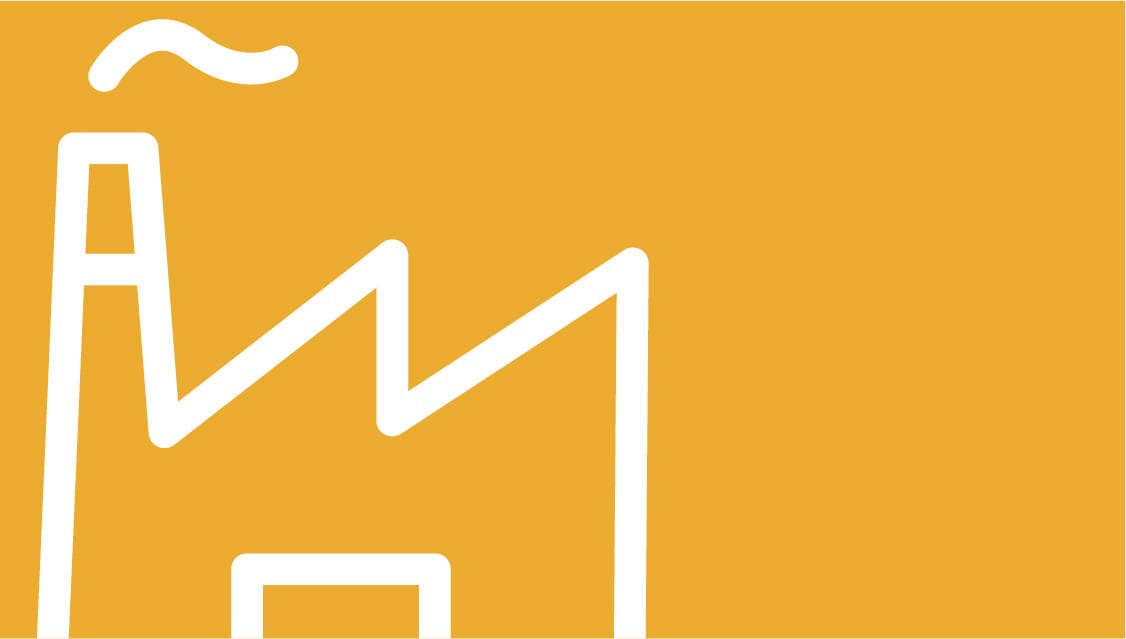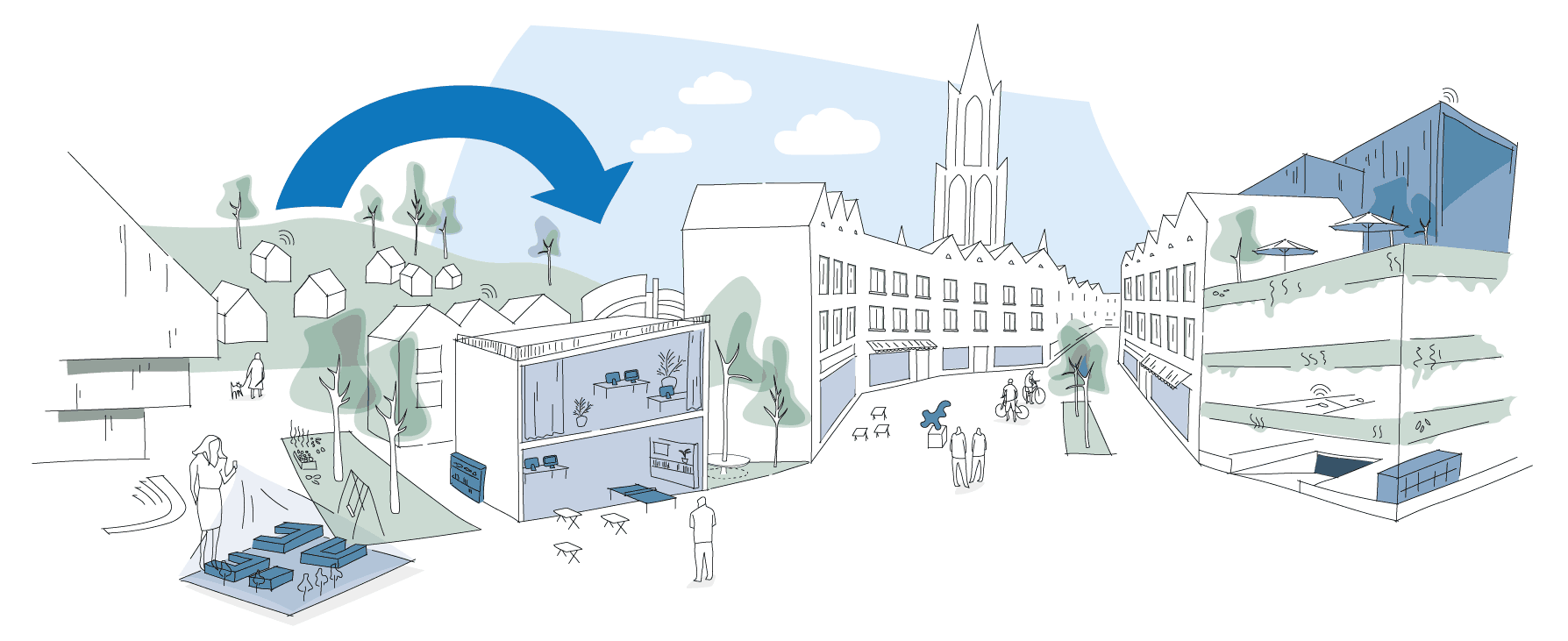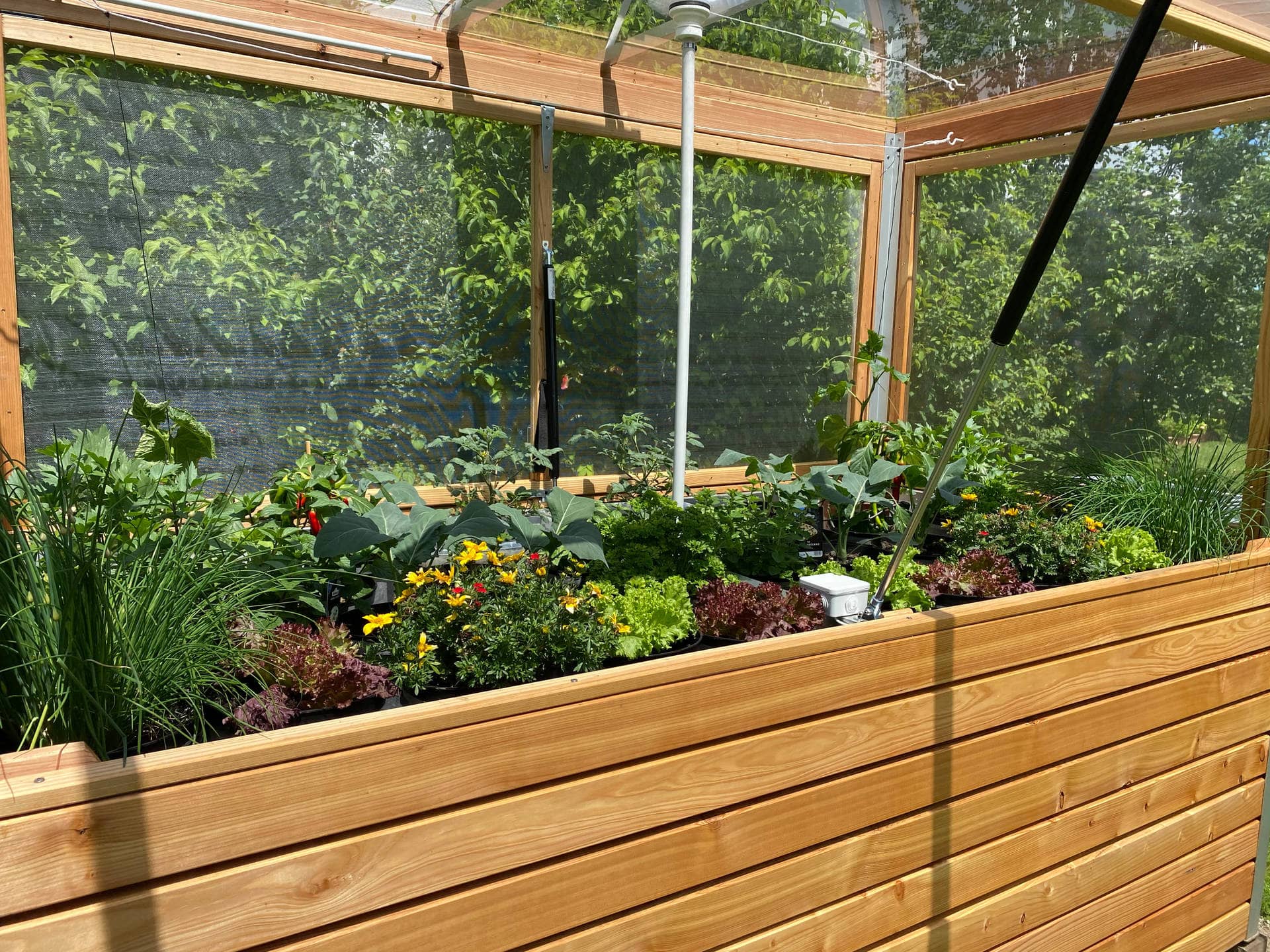About Ulm

© Stadt Ulm
Ulm is located directly between Munich and Stuttgart on the Danube River. Based on the unique unit of business, science, and progressive governance, the city is considered one of the most dynamically growing economic regions in southern Germany. Due to its economic prospects, its innovative character and historical ambience, it attracts employees, scientists and visitors alike.
After a severe economic cut in the 80s along with a considerable loss of jobs, the city had to reinvent itself. Ulm spatially brought together enterprises and scientific institutions in the so-called Science Parks, which together with a healthy mix of industries provide a vibrant source of employment and innovation today.
Ulm is and always has been a city shaped by and for its citizens. Thus, the cities' path towards a sustainable and innovative living space combines civic tradition with economic perspective.
This civic centred approach is underpinned each year at Schwörmontag (Oath Monday) - the official Ulm holiday. After the Mayor has spoken a 600 year-old text, promising to serve the rich and poor in all equal, common, and honest dealings, people celebrate that day with different festivities.
Ulm capitalizes on its dedication to sciences, education and an integrative urban development. To push things forward, Ulm and its administration can draw on a strong, longstanding ecosystem of stakeholders from the economy, education, research and civic engagement.
Population: 126.400 | Area: 119 km² | Nationalities: 147

© DA
Ulm is an important location for science and industry with about 10.000 companies offering around 80,000 jobs. Building materials, metal processing, commercial vehicles, electrical engineering, pharmaceuticals and security are the dominant sectors of the regional economy.
Well-known brands such as Ratiopharm, Airbus S.A.S, Daimler Buses, Magirus, Zeiss, or Liebherr are located in the region around Ulm. The digital, service-oriented transition affects the entire eco-system in Ulm. Additionally, changing urban communities and demographics urge the city to push for more social participation and social cohesion.
Interests and Goals:
City in transition; Growing city; Sustainable urban development; climate protection and circular economy; and Urban data space, technological sovereignty, and data ethics; those are the most immanent topics for Ulm. The city aims to build on and develop its own strengths such as active citizenship, research competence expressed in the Science City, and committed entrepreneurship. Meanwhile, Ulm maintains dedicated to its overarching vision.

© DA
Growing & Resilient City
Ulm is a growing city that will move closer to the Stuttgart and Munich metropolitan regions from 2022 thanks to the new high-speed rail line. Ulm will have a direct rail connection to Stuttgart Airport and the Stuttgart Trade Fair Center, and travel time will be cut almost in half to around 30 minutes. As a result, passenger and freight traffic will increase: This poses challenges for the environment, land consumption and living space. Due to the prospering economy and the influx of workers and commuters, new digital solutions will be needed in the future.
Circular Economy
Sustainable urban development and climate protection are decisive tasks for the future of the city of Ulm. The social, economic and ecological aspects of sustainability provide the framework for digitization activities. The climate policy measures that Ulm has been taking for about 20 years can be expanded by linking them to new digital opportunities. As fields of action, at least all areas of the Integrated Urban Development Concept Ulm (ISEK) should be included in the smart city strategy. In the area of sustainable development, Ulm is a pioneer and the city is striving to be nearly climate-neutral and to live the Circular Economy in a resource-conserving way.
Transformation City
The city is the place where people and resources gather. It is subject to constant change. Urban challenges are sources of innovation from science and citizenship. This climate has attracted companies and given rise to new business models. Ulm is one of the most liveable cities in Germany and Europe. We want to actively shape change and find clever answers - especially in the areas of demographic change, social cohesion, housing needs and economic innovation. Urban infrastructures play an important role in this. They should be designed to be smart, flexible, resilient and secure. In the future, the aim is to develop the city as a centre for knowledge and employment.

© DA
The city of Ulm is a pioneer and a beacon for making everyday life easier and improving the quality of life for people in the city by means of intelligent networking of digital technologies. We are committed to sustainability and climate protection and reduce the use of resources. Ulm is:
Clever.
Because we are open to technology and make available what is good for the people in Ulm and its surroundings today and tomorrow.
Open.
Because we openly provide data and services and invite citizens, businesses and academia to develop new applications and a digital culture. We promote Open Data and, if possible, use Free Open Source Software.
For Everyone.
Because we develop future-proof solutions to the challenges facing our city and our administration.
Sustainable.
Because we use digital solutions to improve the environment, economic development and quality of life. In doing so, we are guided by the 17 United Nations Sustainable Development Goals of the 2030 Agenda and want to equally balance the three dimensions of sustainability – social, environmental and economic – in Ulm.
Smart City is not just a digitally updated city; it is an effort to find holistic solutions to a complex issue, covering social, economic and ecological aspects for the present and future of the city. Innovative technologies from all disciplines need to be evaluated and integrated into outcome-oriented strategies to benefit the citizens as well as the economy, the environment and the city administration.
This is the task of the Digital Agenda Office in Ulm. Tackling the interdisciplinary challenges, a growing multidisciplinary team of 16 members in cooperation with the citizens develop and test innovative solutions for the citizens' benefit. The focus is to utilize the potential of the ongoing digital transformation in outcome driven applications to present and future challenges. Ultimately, digitalisation shall be clever, open, sustainable and for all.
More Information (in German)

